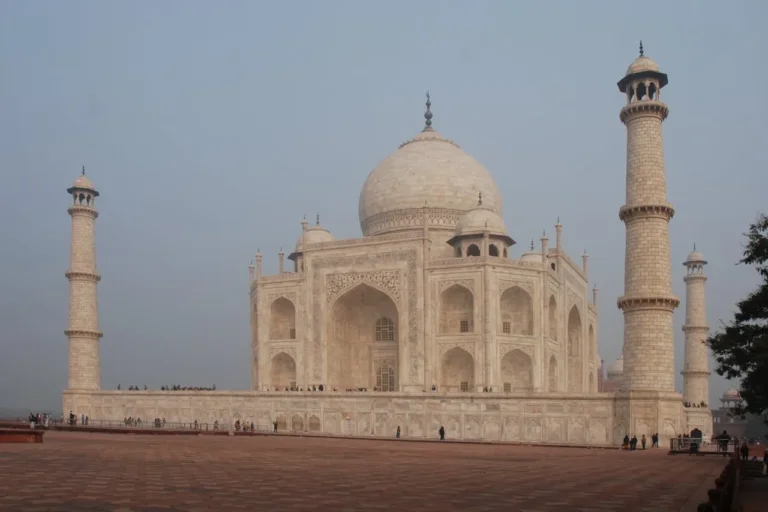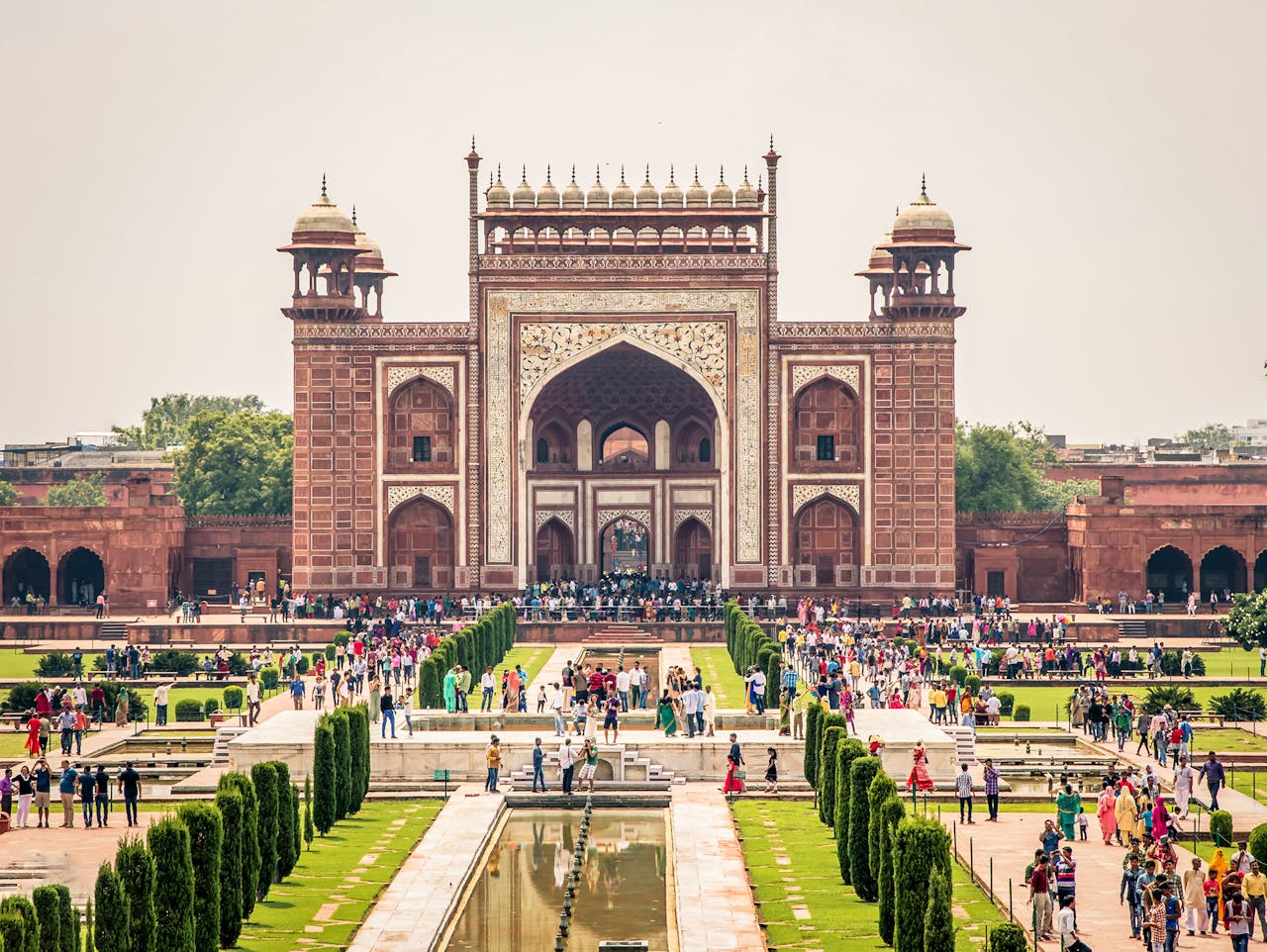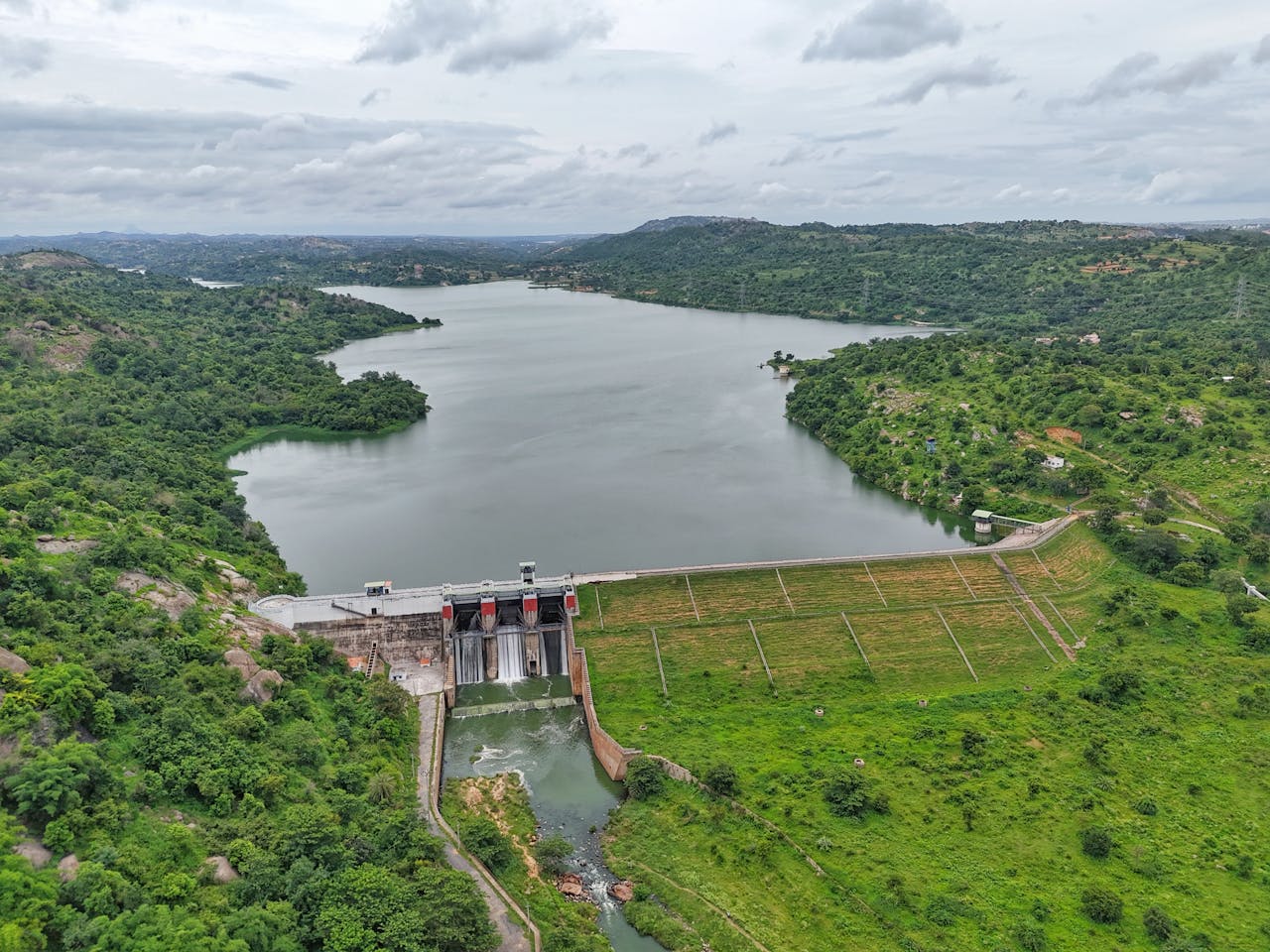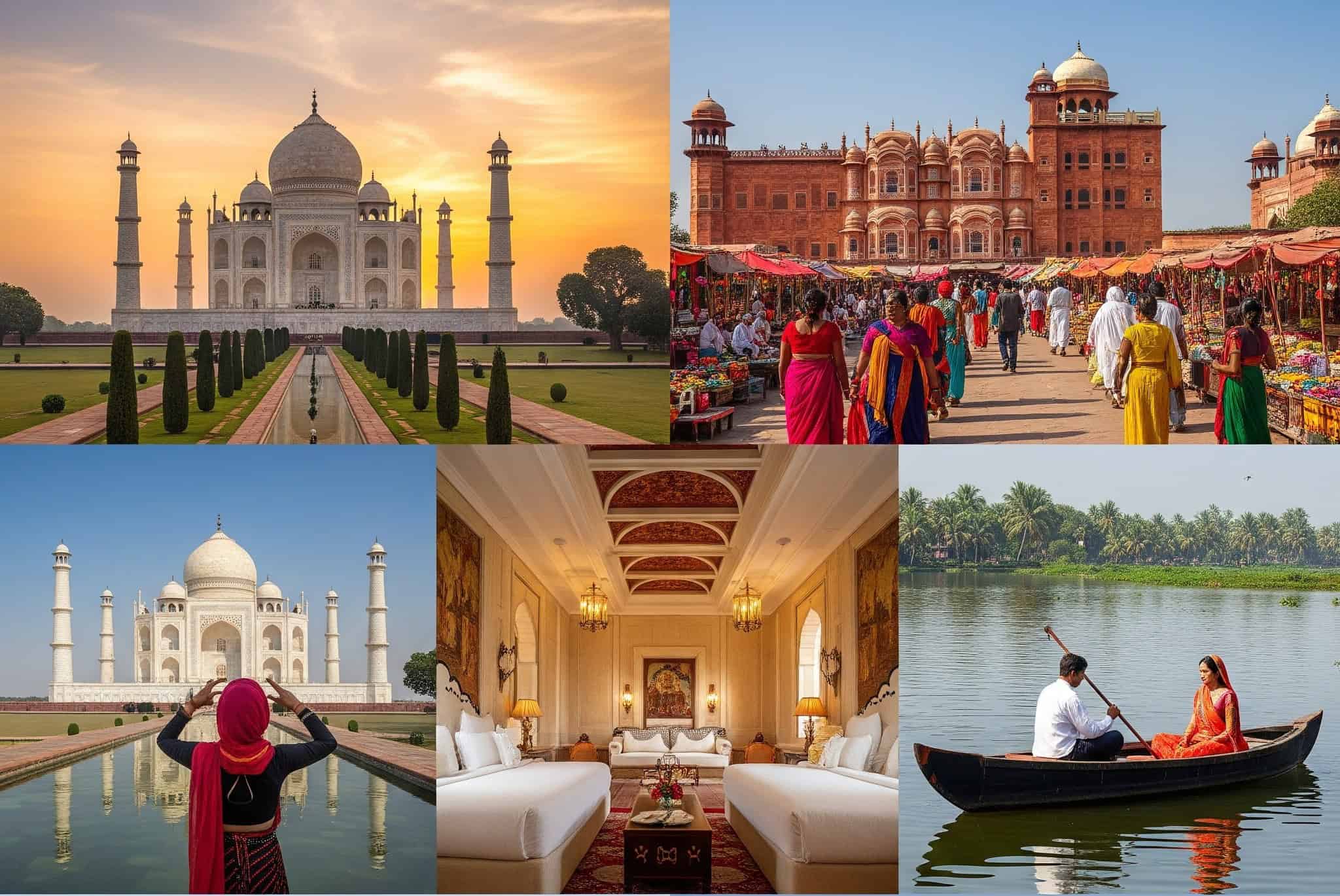Introductions:
The Taj Mahal, located in Agra, India, is one of the most iconic monuments in the world. Built by the Mughal Emperor Shah Jahan in memory of his beloved wife Mumtaz Mahal, it stands as a timeless symbol of love and an architectural masterpiece.
History of the Taj Mahal
The construction of the Taj Mahal began in 1632 and was completed in 1648 for the main structure, while the surrounding gardens and structures were finished in 1653. More than 20,000 artisans from across the Mughal Empire, Central Asia, and Persia worked on this magnificent project. Shah Jahan commissioned the monument as a mausoleum for Mumtaz Mahal, who died during childbirth in 1631.
Architecture
The Taj Mahal is an extraordinary example of Mughal architecture, combining elements of Persian, Islamic, and Indian styles. Made of white marble, the monument is adorned with intricate carvings, inlays of precious and semi-precious stones, and verses from the Quran. The main dome, which rises 73 meters (240 feet), is surrounded by four slender minarets that frame the structure symmetrically.
Interesting Facts
The Taj Mahal changes color depending on the time of day: it appears pinkish in the morning, white in the afternoon, and golden under the moonlight.
It took 22 years to complete, with materials sourced from India and beyond, including jade from China, turquoise from Tibet, and lapis lazuli from Afghanistan.
The monument’s intricate inlay work features over 28 types of precious stones.





